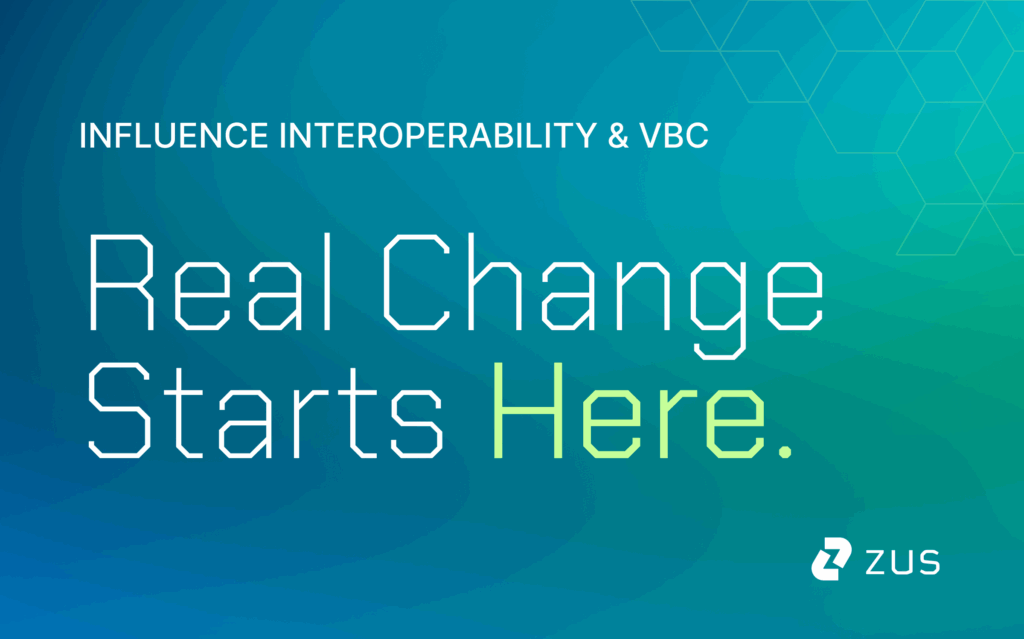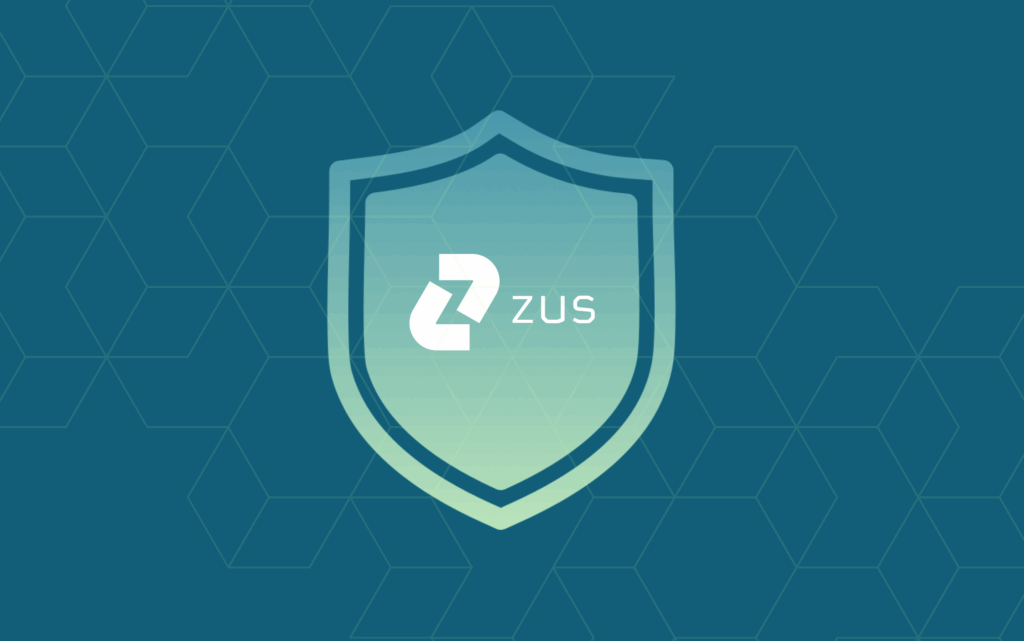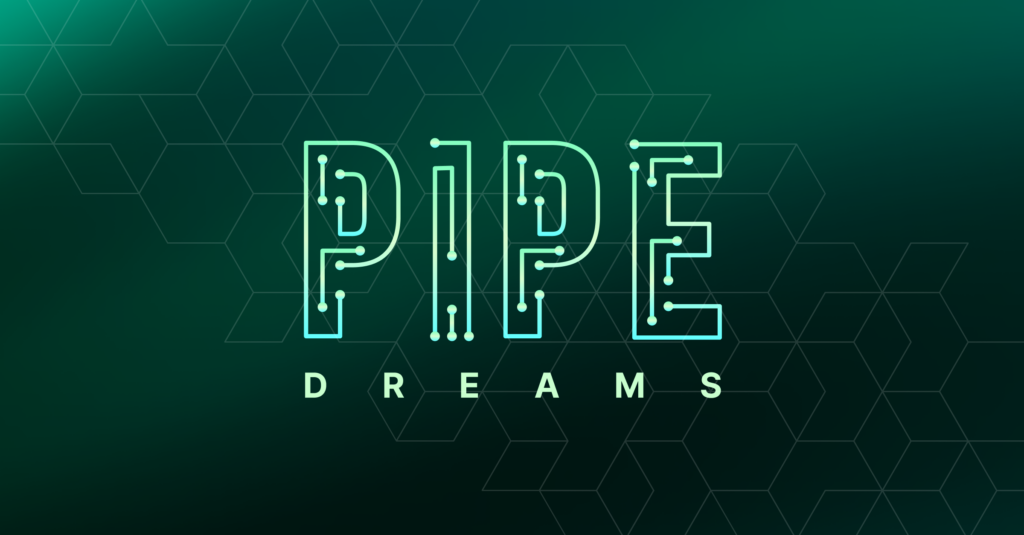Last week, the Zus team announced that we have closed a new $40 M round of funding, and with this, we provided more details on the what and how we will achieve our vision for the Zus Aggregated Profile. With this tightened vision, our mission remains the same as always: To catalyze healthcare’s greatest innovators. Our path to achieving this lies in helping realize the vision of the 21st Century CURES Act by making patient health data liquid across a network of providers in a highly secure, highly accurate, and highly usable manner. This networked approach exists in every other industry today, so why not take a crack at bringing it to healthcare? Here, let’s look at why we are charging towards this vision.
Data liquidity in healthcare is sorely needed. Physicians today are drowning in administrivia, specifically “paperwork” that is completed on a computer screen. Clinicians report spending 2 hours on EHR and desk work for every 1 hour of clinical time, and even within that clinical time, an estimated 37% is spent documenting in the EHR. A meaningful amount of this work is redundant – hospital studies have found that an estimated 22% of patient records are duplicates, which can cost up to $96 per duplicate in wasted staff time and resources. Think about that: healthcare providers are spending an extra $100 per patient for 20% of the business! Imagine if, instead, each patient and their data was connected to a data store purpose-built to weed out the duplicates and cut through the noise – clinicians might have more time than they know what to do with.
Care coordination is its own beast. Americans report seeing an average of 18.7 different doctors over the course of their lives, but less than 35% of specialists, for instance, report receiving any patient history and referral reason from PCP referrals. This means that two-thirds of specialists start from a blank slate with new patients, even when the patient has been directly referred by a different doctor who has records for this patient, and even though foundational health history exists in national exchanges for over 80% of Americans.
To date, the only way for clinicians to get up to speed on patients and deliver fully informed care has been to spread manual work across their practice and patients. We hear time and again from our customers about how their staff spend the bulk of their time calling other providers for patient records, waiting 30 days to receive them via fax, tracking down release of information forms from patients over Zoom, and manually entering unstructured data into their EHR. Even in the most “interoperable” EHRs, the default process requires clinicians to manually reconcile hundreds of individual documents for the average patient, typically one by one, and even field by field. We need to move towards a world where technology works for clinicians, and not the other way around.
That’s why we have built the Zus Aggregated Profile, or ZAP: a single, centralized, view of all of a patient’s available data, usable at the point of care. Our platform – called the Zus Grid – is connected to 70 million provider sites with data on over 270 million patients across medications, conditions, labs, and more via the Zus Patient History API. We then take this data one step further: we deduplicate, clean, enrich, and package it neatly for our customers to use however best fits within their workflows. For each piece of data, the ZAP provides a full history of where the data originated from and how it has been updated since, to ensure that clinicians can fully trust the information they’re presented. Clinicians also have full ownership over the data that goes into their organization’s direct record, and can choose to confirm or dismiss any of the proposed information based on their clinical interactions with the patient.
Along with seamless data reconciliation, clinicians can also write new data to the ZAP and configure custom notifications based on their care model needs. What’s more, we offer a variety of ways in which to integrate the ZAP into clinical workflows: via an independent browser app, via our API, or via our native integrations with leading next-gen EMR companies Elation Health, Canvas Medical, and Healthie. We have seen firsthand just how time-crunched both developers and care providers are at innovative healthcare companies, and so we have made it as seamless and flexible as possible to bring our data to your point of care.
Looking to the future, the ZAP is natively built on a common patient record, which means that providers from different organizations with shared patients can seamlessly and securely collaborate on the same patient profile. No more throwing PDFs of patient profiles over the fence to another specialist, or back to their PCP – for any patient treated on Zus, all of their data will be updated in real-time and accessible in a usable, intuitive manner. Needless to say, this will truly shift the paradigm of healthcare referrals and care coordination, and we are excited to lay the foundation for this brave new world.
We are at an inflection point in healthcare innovation, with an increasing number of companies and ideas entering the market and working to prove their value, and we hope to be able to support each one in launching and scaling their care models more effectively. Our vision, centered around the Zus Aggregated Profile, reflects this commitment to creating a thriving, connected ecosystem that ensures data is in the right place at the right time in the right format, so that we can achieve a truly interoperable healthcare network in the U.S. It’s a big goal, but we have yet to encounter a truly forward-thinking provider organization that isn’t as excited about our vision as we are – and that keeps us coming back to these hard problems every day.
If you want to join us on this ride, we would love to chat – feel free to reach out to us here.
Featured photo by Anthony Indraus on Unsplash




